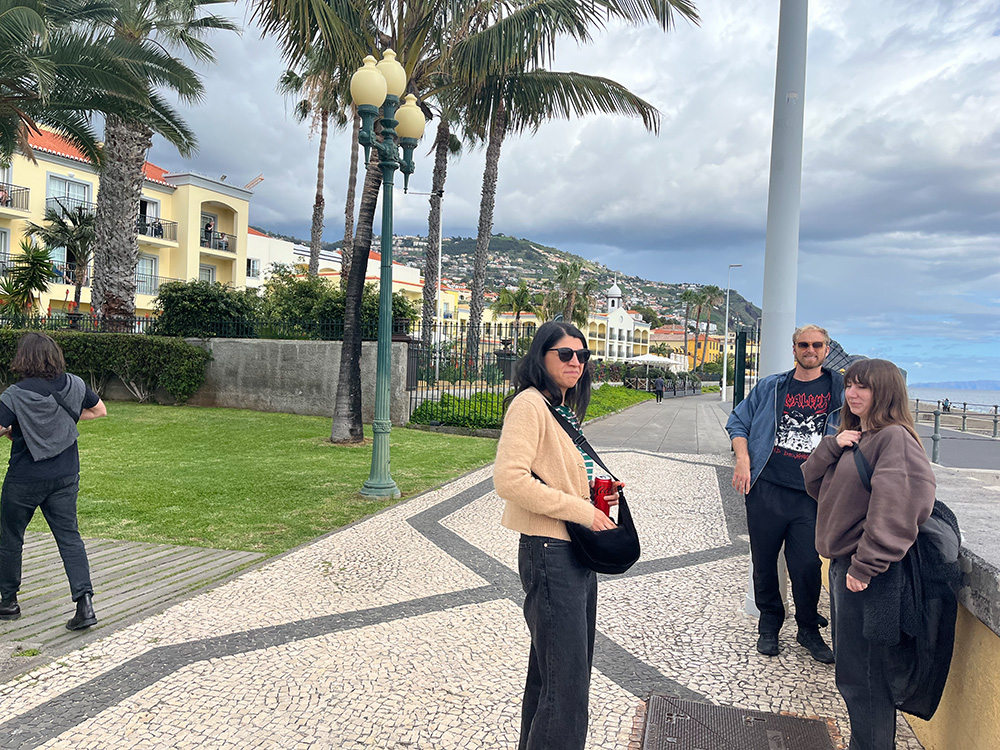If you’re attending events to raise capital, your in-person efforts are only one part of the equation. Investors often research founders and companies in advance, and LinkedIn is usually the first place they look.
Used well, LinkedIn strengthens your positioning, extends the value of face-to-face interactions, and increases your visibility among relevant investors. It is not just a place to post updates. It is a tool for building trust, clarity, and long-term relationships.
The role of LinkedIn in investor engagement
LinkedIn has become a key platform for investors who are evaluating early-stage businesses. A well-structured presence helps filter the right opportunities, reinforces your credibility, and makes it easier for decision-makers to engage.
Key benefits include:
- Professional positioning: Your profile acts as an immediate credibility check, especially for investors looking for traction and clarity.
- Search visibility: With the right targeting and content, LinkedIn offers consistent access to niche investor segments.
- Relationship leverage: Unlike email or one-off conversations at events, LinkedIn creates a space for ongoing communication.
If you are fundraising, or planning to, LinkedIn should be treated as a central part of your outreach strategy rather than an afterthought.
Building an investor-ready LinkedIn presence
1. Clarify Your Objectives
Before investing time in content or outreach, be clear on what you want LinkedIn to help you achieve. For example:
- Connect with investors ahead of a raise
- Position yourself as a credible voice in your sector
- Share traction and updates to generate interest
Your objectives will guide everything from your profile to the content you publish.
2. Optimise Your Profile
Your profile should give investors a quick and confident understanding of what you are building and why it matters.
Focus on:
- Headline and summary: Be specific about your product, market, and momentum to date.
- Experience: Highlight relevant roles or projects with measurable results. Keep the focus on outcomes, not tasks.
- Call to action: Add a way to learn more, such as a link to your pitch deck, company site, or calendar booking page.
Think of your profile as a scrollable version of your pitch deck.
3. Share Content with Purpose
Investors pay attention to how founders communicate. Your content gives them a way to assess your clarity, leadership style, and thinking.
You might share:
- Product launches or key milestones
- Data-driven insights into your market
- Reflections on recent decisions or challenges
If you are short on time, repurpose internal updates or delegate content support to someone you trust.
4. Build Strategic Connections
Avoid sending bulk connection requests. Focus instead on quality and intent.
- Use LinkedIn filters or Sales Navigator to find investors aligned with your industry and stage, and scale it with automation tools like LinkedinHelper
- Engage with their content before reaching out
- Reference something specific when you send a connection request, such as a talk they gave or an article they shared
Once connected, allow time for the relationship to develop before moving into pitch mode.
Integrating LinkedIn into your event strategy
To get the most out of in-person events, make LinkedIn part of your approach before, during, and after the event.
Before the Event
- Research speakers, sponsors, and attendees.
- Send early connection requests with a short message mentioning the event.
- Post about your attendance, your goals, or sessions you are looking forward to.
During the Event
- Share quick posts about talks, takeaways, or conversations.
- Tag people in your posts to increase visibility and interaction.
After the Event
- Send tailored follow-ups to people you spoke with.
- Offer a clear next step, such as sharing a deck, continuing a discussion, or booking a call.
This approach helps turn short conversations into meaningful ongoing relationships.
Track what matters and adjust as you go
Treat LinkedIn like any other outreach channel. Track what is working, make adjustments, and measure progress over time.
Start by tracking:
- Growth in investor or partner connections
- Engagement from relevant profiles on your posts
- Profile views and inbound messages after key events or announcements
Check in monthly and use your insights to adjust your messaging, content, or connection strategy.
Conclusion
Most investors do not make decisions after just one meeting. Confidence builds over time, through what they see, read, and hear. LinkedIn is often where that observation happens.
By aligning your profile, content, connections, and event activity around a clear message, you create a consistent and credible presence that supports your fundraising goals. When used well, LinkedIn is more than a networking site. It becomes a strategic part of your investor journey.
If you are attending investor-facing events and not using LinkedIn strategically, now is the time to begin.


